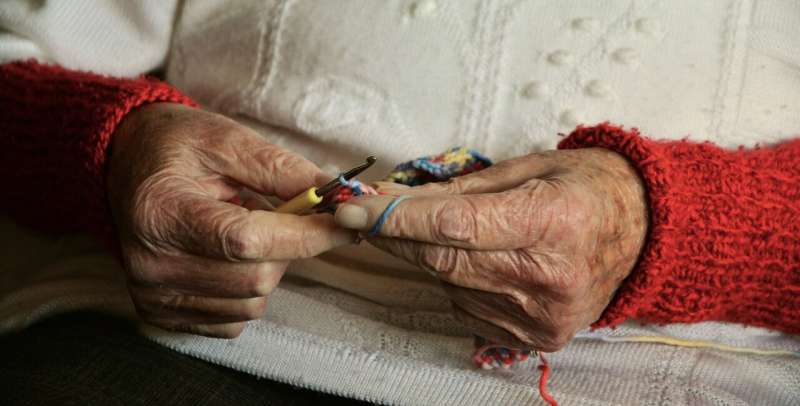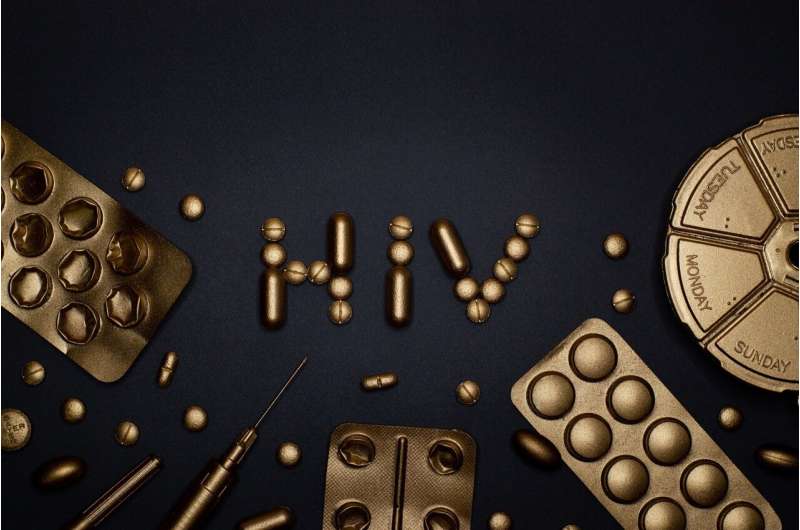Reevaluating the Role of Mitochondrial DNA Mutations in Aging

New research suggests that accumulation of mitochondrial DNA mutations may not be a direct cause of mitochondrial decline during aging, prompting a reevaluation of aging theories.
Mitochondria, the energy-producing organelles within our cells, contain their own DNA known as mitochondrial DNA (mtDNA). Unlike nuclear DNA, mtDNA is more susceptible to mutations over time, leading to the longstanding hypothesis that these mutations accumulate with age and cause mitochondrial decline, thereby contributing to the aging process—the so-called mitochondrial theory of aging.
However, recent research challenges this widely accepted idea. A study conducted by scientists at the University of Tsukuba has demonstrated that mitochondrial respiratory function—critical for cell energy production—remains intact even in mice that have accumulated extensive mtDNA mutations similar to those found in premature aging models. This indicates that the buildup of mtDNA mutations alone may not be the direct cause of mitochondrial dysfunction associated with aging.
The findings, published in the journal Aging Cell, encourage scientists to reconsider the link between mtDNA mutations and aging. They suggest that other factors or mechanisms might play a more significant role in mitochondrial decline and the aging process.
The research team plans to continue exploring how various mutations within mtDNA influence aging symptoms, aiming to further understand the complex relationship between mitochondrial health and age-related deterioration. This study highlights the need to look beyond mtDNA mutations when investigating the causes of aging and developing potential interventions.
Source: https://medicalxpress.com/news/2025-05-mitochondrial-dna-mutation-accumulation-factor.html
Stay Updated with Mia's Feed
Get the latest health & wellness insights delivered straight to your inbox.
Related Articles
Impact of Reducing HIV Aid: Nigeria's Human and Global Security Implications
Reducing HIV aid has significant human consequences in Nigeria and threatens global health progress, risking increased infections and destabilization. Discover the impact and challenges faced in global HIV prevention efforts.
Breakthrough Study Identifies Single Drug Approach for PTSD, Pain, and Alcohol Misuse
A groundbreaking study demonstrates that PPL-138, a novel opioid partial agonist, may be an effective single drug to treat PTSD, chronic pain, and alcohol misuse, offering hope for improved mental health treatments.
How Blood Factors in Type 2 Diabetes May Accelerate Breast Cancer Progression
Research reveals how blood particles altered by type 2 diabetes can weaken immune responses within breast tumors, potentially increasing cancer aggression and spread. This discovery offers new insights into treating diabetic cancer patients more effectively.
Leveraging Data and Artificial Intelligence to Enhance Healthcare Systems
Discover how data and artificial intelligence are transforming healthcare systems by enabling real-time insights, improving patient outcomes, and fostering system-wide learning for a more efficient and equitable future.



